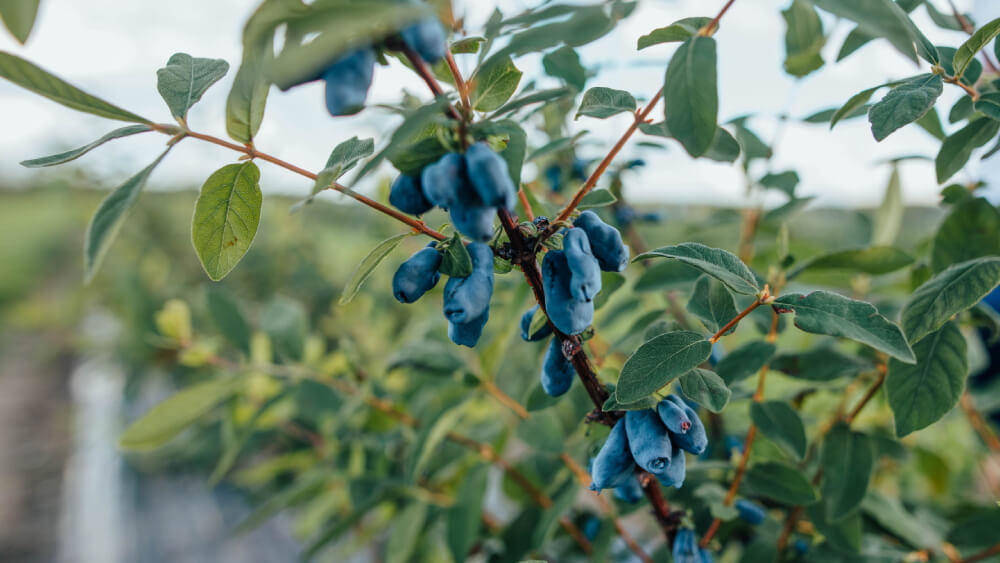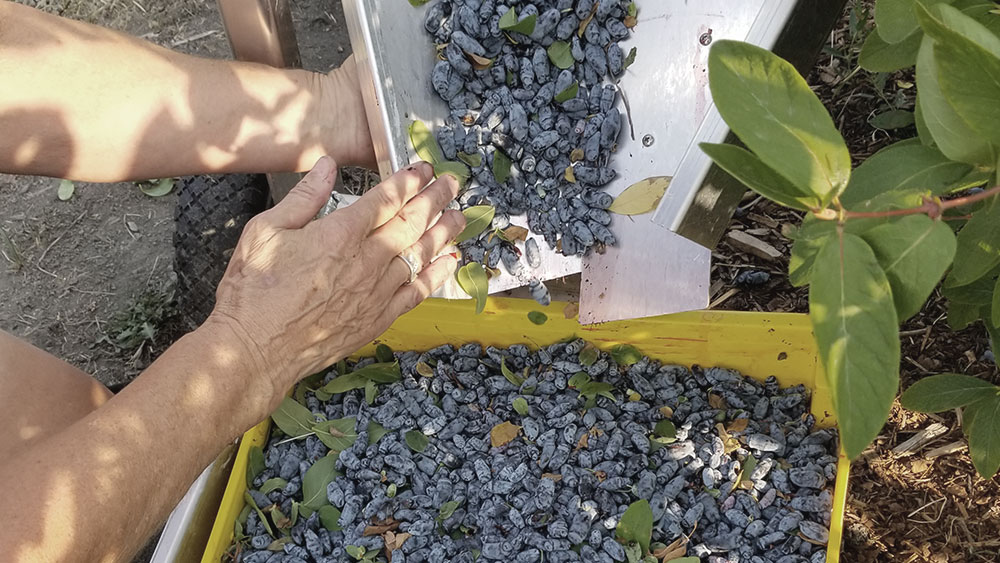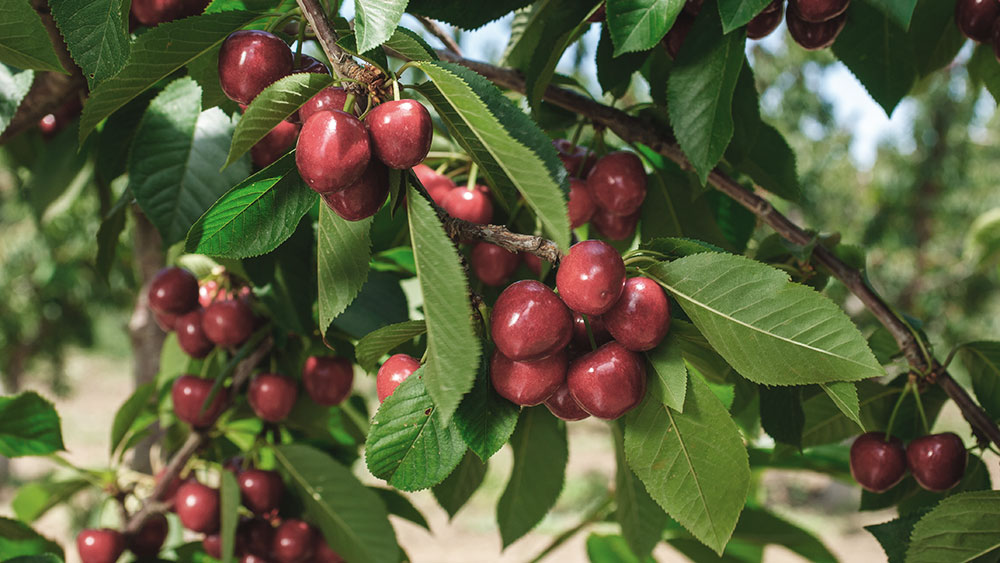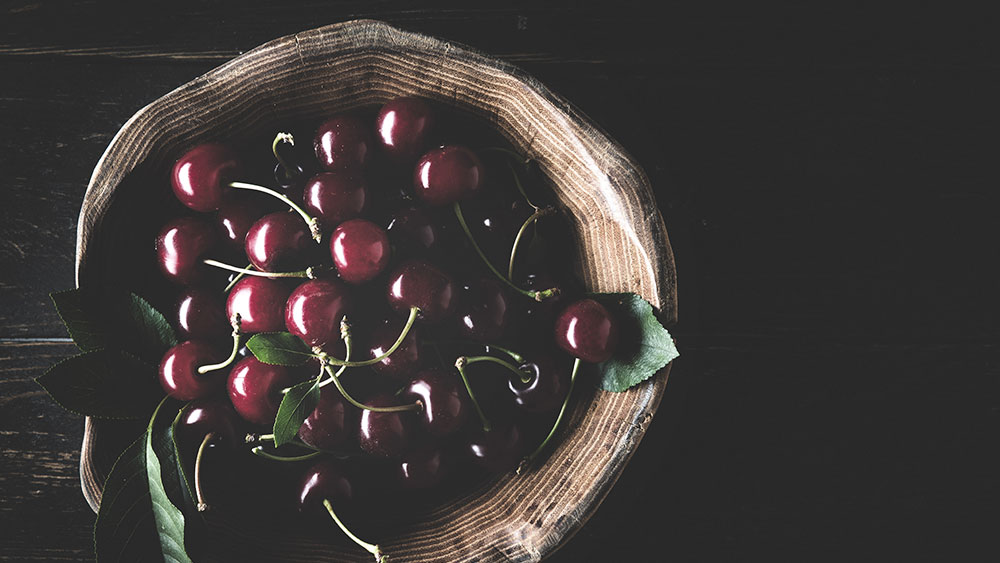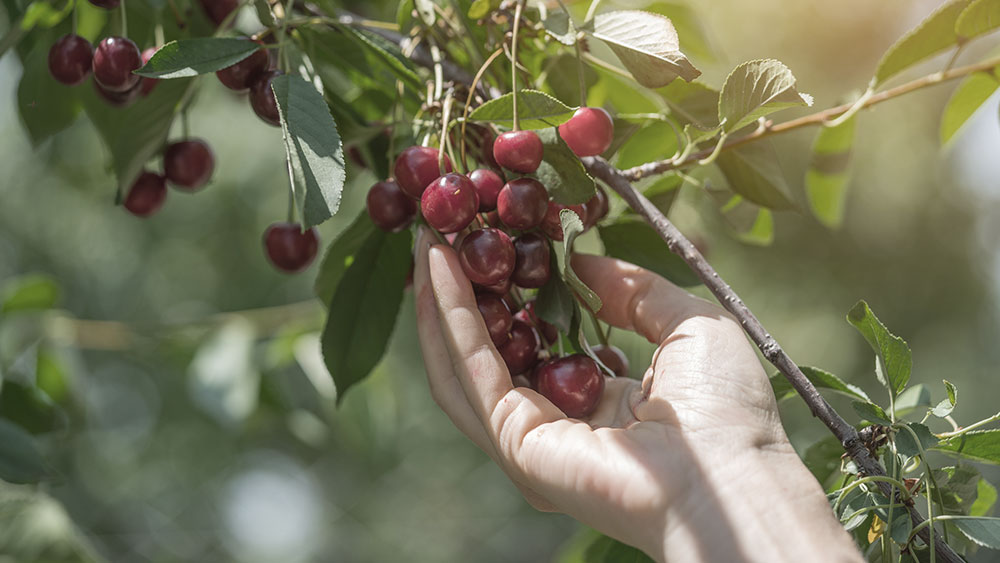Products
Haskap Berries
This is a new and old plant that has been around in the wild of northern climates. That’s why it does so well in Temiskaming. It has been found in the wild of every province in Canada, except for British Columbia. The fruit program at the University of Saskatchewan has bred different varieties taken from plants in Japan and Russia. It’s taken close to twenty years to get good edible berries. We now have Haskap varieties that are sweeter, juicier and easier to pick. These products are found right here in north!
The berries are oblong, purple on the outside and a rich crimson on the inside when ripe. The bushes grow four to six feet high and reach full production in seven to ten years. Because of its nutritional benefits and high levels of antioxidants, this new crop is poised to be the next super fruit throughout Canada and the world.
Haskaps are a bold tasting fruit and add a unique flavour when added to sweet or savoury foods. When picked fresh, they can be eaten immediately and then refrigerated. We love to eat them fresh with dairy products: ice cream, yogurt, cream. We also use them as a topping for salads, sandwiches, wraps and cereal. Once frozen, they are equally versatile. Add them to smoothies, yogurt, oatmeal and ice cream. Or bake with them, like muffins, crisps, cakes, and pies.
Cherries
Cherries that can grow in Northern Ontario are from the Dwarf Sour Cherry family. The University of Saskatchewan’s fruit program has also bred a Romance Series of cherries. The orchard has three varieties: Juliet, Valentine and Cupid. They are certainly not a new fruit, but growing them in the north certainly is.
Studies are demonstrating that this fruit is rich in nutrients and can fight inflammation, strengthen the immune system, help post-workout recovery and help you sleep better. The cherries’ dark colour producing pigments, anthocyanins, are highly antioxidants.
When they ripen to a deep crimson colour, they are sweet and taste as close to the cherries found in the supermarket. The Valentine variety are suited to those who like a little more tartness. They can be eaten fresh and frozen to make preserves or for baking.

